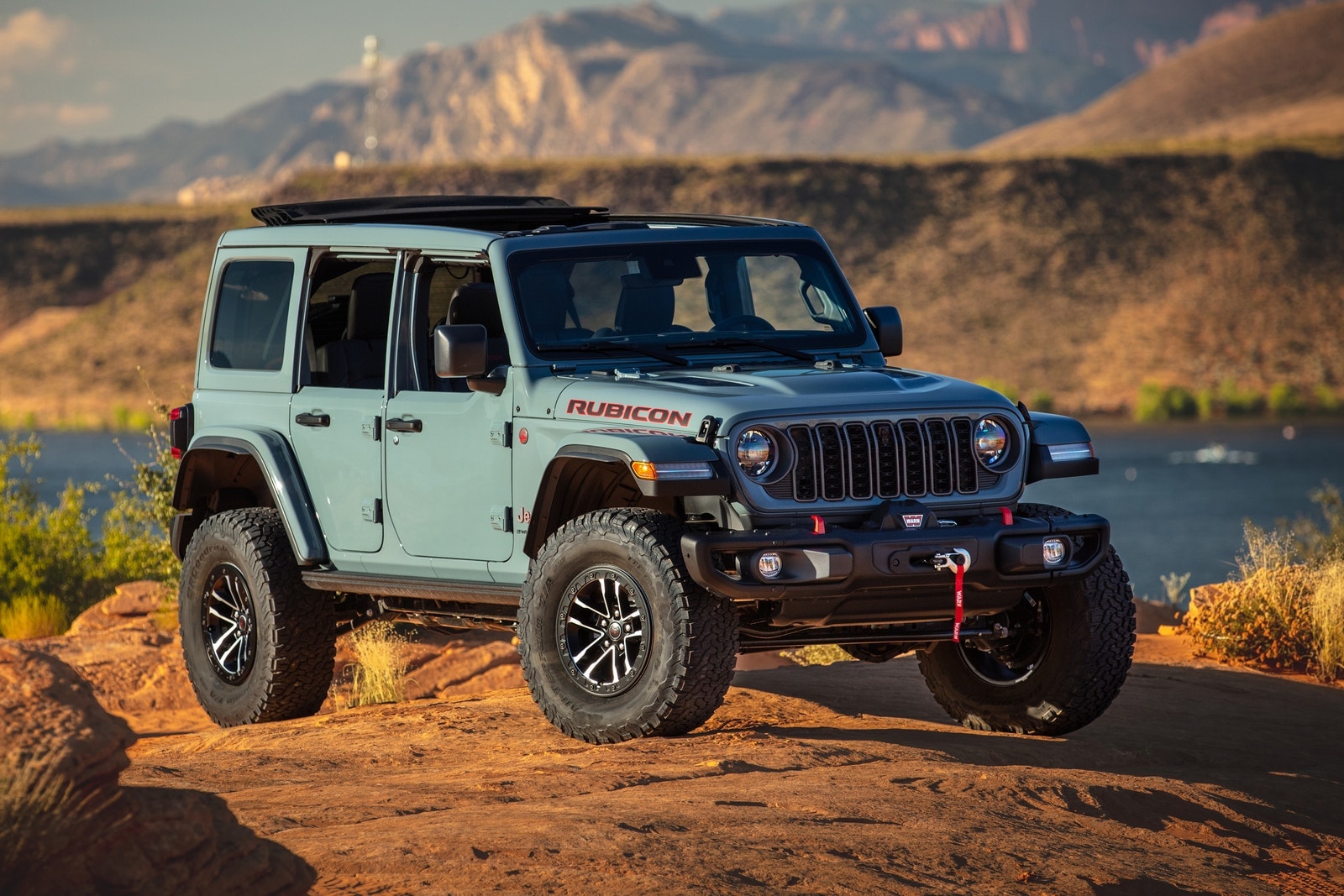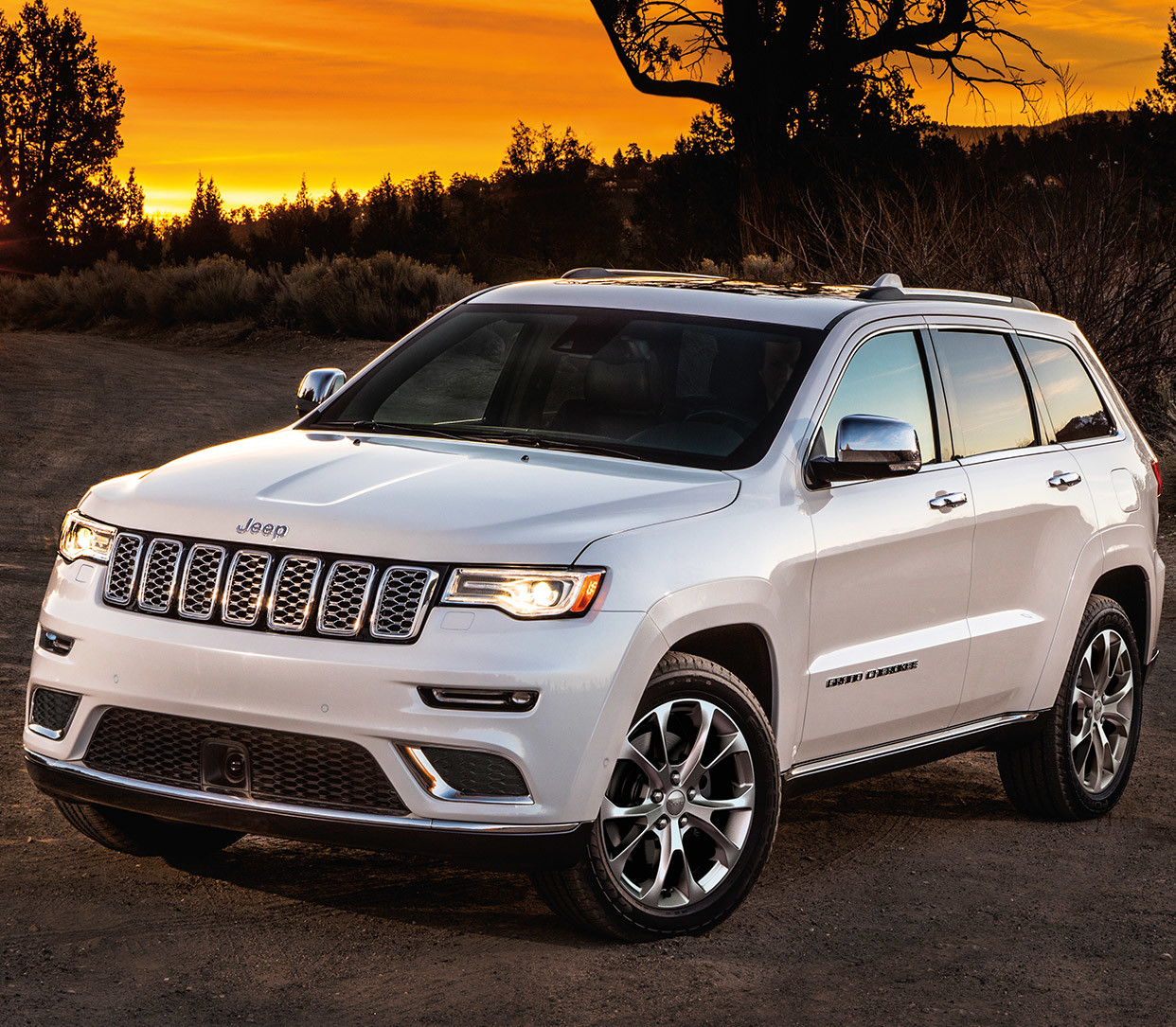Introduction: The Armor of Adventure
Jeeps. The very name conjures images of rugged landscapes, open skies, and the thrill of conquering challenging terrains. These iconic vehicles are more than just modes of transportation; they're symbols of freedom, adventure, and a go-anywhere attitude. But even the toughest Jeep is susceptible to the elements, the trails, and the occasional mishap. That's where Jeep Auto Body Parts come into play. These components form the protective shell of your vehicle, safeguarding its internal workings and contributing significantly to its overall aesthetics and performance. Understanding Jeep Auto Body Parts – what they are, why they're important, and how to maintain or replace them – is crucial for any Jeep owner who wants to keep their vehicle looking good, functioning optimally, and ready for the next adventure. This comprehensive guide will delve into the world of Jeep Auto Body Parts, providing you with the knowledge you need to make informed decisions and keep your Jeep in top condition.
Jeep Auto Body Parts: A Comprehensive Guide for the Off-Road Enthusiast
I. Why Jeep Auto Body Parts Matter: Protection, Performance, and Aesthetics
Jeep Auto Body Parts play a multifaceted role in the overall health and longevity of your vehicle:
- Protection: This is arguably the most crucial function. Body panels, bumpers, and other parts shield the engine, drivetrain, and passenger compartment from impacts, debris, and the harsh realities of off-road driving. Rock sliders protect the vulnerable rocker panels, while skid plates shield the undercarriage.
- Performance: Aerodynamic body parts, though less common on Jeeps designed for off-roading, can still contribute to improved fuel efficiency and stability at higher speeds. Weight reduction through aftermarket body panels can also enhance performance.
- Aesthetics: Let's face it – Jeeps are visually striking vehicles. Body panels, bumpers, and even smaller details like fender flares contribute to the overall look and personality of your Jeep. Maintaining these parts ensures your Jeep looks as good as it performs.
II. Essential Jeep Auto Body Parts: A Detailed Overview

Understanding the different types of Jeep Auto Body Parts is essential for making informed decisions about repairs, upgrades, and modifications. Here's a breakdown of some key components:
- Fenders: Located above the wheels, fenders protect the vehicle from road debris and prevent mud and water from splashing onto other parts. They can be easily damaged during off-roading and are a common replacement part. Fender flares, often attached to fenders, provide additional protection and can enhance the Jeep's aggressive stance.
- Bumpers: Front and rear bumpers are designed to absorb impact in the event of a collision. Aftermarket bumpers often offer increased protection, winch mounting points, and improved approach and departure angles for off-roading.
- Hood: The hood covers and protects the engine compartment. Aftermarket hoods may feature functional scoops or vents to improve airflow and engine cooling.
- Doors: Jeep doors come in various styles, from full steel doors to half doors and even door-less configurations. Replacement doors are common due to damage or customization preferences.
- Rock Sliders: These are essential for off-roaders. Rock sliders are mounted along the rocker panels (the area below the doors) to protect them from damage when traversing rocks and other obstacles.
- Skid Plates: Skid plates are bolted to the underside of the vehicle to protect vulnerable components like the engine oil pan, transfer case, and fuel tank.
- Grille: The iconic Jeep grille is a defining feature of the vehicle. Replacement grilles are available in various styles and materials, allowing for customization.
- Body Panels (Quarter Panels, Rocker Panels, etc.): These panels form the main structure of the Jeep's body. Damage to these panels often requires professional repair or replacement.
- Tailgate: The tailgate provides access to the rear cargo area. Like doors, tailgates can be replaced due to damage or customization.


III. Materials Matter: Steel, Aluminum, and Composite Options
Jeep Auto Body Parts are manufactured from various materials, each offering its own set of advantages and disadvantages:
- Steel: Steel is the most common material for Jeep body parts due to its strength, durability, and affordability. However, steel is susceptible to rust and can be heavier than other options.
- Aluminum: Aluminum is lighter than steel and offers good corrosion resistance. However, it's generally more expensive and may not be as strong as steel in certain applications.
- Composite Materials (Fiberglass, Carbon Fiber): Composite materials offer excellent strength-to-weight ratios and are highly resistant to corrosion. However, they are typically the most expensive option and can be more difficult to repair.
The choice of material depends on your budget, driving style, and desired level of protection and performance. For serious off-roading, steel or reinforced composite options are generally recommended.
IV. Repair vs. Replace: Making the Right Decision
When faced with damaged Jeep Auto Body Parts, you'll need to decide whether to repair or replace them. Consider these factors:
- Severity of Damage: Minor dents and scratches can often be repaired, while more extensive damage may necessitate replacement.
- Cost: Get quotes for both repair and replacement options. Sometimes, replacement is more cost-effective than extensive repairs.
- Vehicle Age and Value: If your Jeep is older and has significant wear and tear, you may opt for a less expensive repair option.
- Availability of Parts: For older models, finding replacement parts can be challenging, making repair a more viable option.
- Rust: Rust is a significant factor. If rust is extensive, replacement is often the best solution to prevent further deterioration.
V. Finding the Right Jeep Auto Body Parts: OEM vs. Aftermarket
When replacing Jeep Auto Body Parts, you have two main options:
- OEM (Original Equipment Manufacturer) Parts: These parts are manufactured by or for the original vehicle manufacturer (Jeep). They are guaranteed to fit and function correctly, but they are often more expensive than aftermarket options.
- Aftermarket Parts: These parts are manufactured by third-party companies. They can be more affordable than OEM parts and often offer enhanced features or customization options. However, quality can vary, so it's important to research reputable brands and read reviews before purchasing.
VI. Installation: DIY or Professional?
Installing Jeep Auto Body Parts can range from simple bolt-on replacements to more complex welding and fabrication projects. Consider your skill level, tools available, and the complexity of the job before deciding whether to DIY or hire a professional.
- DIY: Simple replacements like bumpers, fenders, and grilles can often be tackled by experienced DIYers. Online tutorials and forums can provide valuable guidance.
- Professional Installation: More complex repairs or installations, such as body panel replacements or welding, should be handled by qualified professionals.
VII. Maintaining Your Jeep Auto Body Parts: Preventing Damage and Prolonging Life
Proper maintenance can significantly extend the life of your Jeep Auto Body Parts and prevent costly repairs.
- Regular Cleaning: Wash your Jeep regularly to remove dirt, mud, and road salt, which can contribute to rust and corrosion.
- Waxing: Apply wax periodically to protect the paint and prevent fading.
- Touch-Up Paint: Use touch-up paint to repair minor scratches and chips promptly to prevent rust from spreading.
- Undercoating: Apply undercoating to the underside of your Jeep to protect it from rust and corrosion, especially if you live in an area with harsh winters.
- Protective Coatings: Consider applying protective coatings like ceramic coatings or paint protection film (PPF) to protect the paint from scratches and UV damage.
VIII. Potential Challenges and Solutions
- Rust: Address rust promptly by sanding, treating, and repainting affected areas. In severe cases, replacement may be necessary.
- Finding Parts for Older Models: Utilize online resources, junkyards, and specialized Jeep parts suppliers to locate hard-to-find parts.
- Ensuring Proper Fit: Always double-check the part number and compatibility before purchasing. Read reviews and seek advice from experienced Jeep owners.
- Paint Matching: Getting an exact paint match can be challenging. Consult with a professional paint shop for assistance.
IX. Price Table for Common Jeep Auto Body Parts (Estimates)
| Part Name | Material | OEM Price (Approx.) | Aftermarket Price (Approx.) | Installation Cost (Approx.) | Notes |
|---|---|---|---|---|---|
| Front Bumper | Steel | $300 - $800 | $200 - $600 | $50 - $200 | Prices vary based on features (winch mount, etc.) |
| Rear Bumper | Steel | $250 - $700 | $150 - $500 | $50 - $200 | Prices vary based on features (tire carrier, etc.) |
| Front Fender | Steel | $200 - $400 | $100 - $300 | $100 - $300 | Price per fender. Flares not included. |
| Hood | Steel | $300 - $600 | $200 - $500 | $100 - $250 | Prices vary based on style (scoops, vents, etc.) |
| Rock Sliders | Steel | N/A (Aftermarket) | $250 - $600 | $150 - $400 | Price per pair. Installation can be complex, may require welding. |
| Grille | Plastic | $100 - $300 | $50 - $200 | $20 - $50 | Prices vary based on style and material. |
| Door (Bare) | Steel | $500 - $1000 | $300 - $800 | $150 - $400 | Price per door, does not include hardware, mirrors, or painting. |
| Skid Plate (Engine) | Steel | N/A (Aftermarket) | $100 - $300 | $50 - $150 | Prices vary based on the size and thickness of the plate. |
Disclaimer: These prices are estimates and can vary depending on the specific Jeep model, year, location, and supplier. Always obtain multiple quotes before making a purchase. Installation costs will vary based on the complexity of the job and the hourly rate of the mechanic.
Conclusion: Protecting Your Investment and Embracing the Adventure
Jeep Auto Body Parts are an integral part of your vehicle, providing protection, enhancing performance, and contributing to its overall aesthetics. By understanding the different types of parts, materials, and repair options, you can make informed decisions about maintaining and upgrading your Jeep. Whether you're a seasoned off-roader or a weekend adventurer, taking care of your Jeep's body will ensure it's ready to tackle any challenge and keep you exploring for years to come. Invest in quality parts, perform regular maintenance, and don't hesitate to seek professional help when needed. Your Jeep will thank you for it.
Frequently Asked Questions (FAQ)
-
Q: How can I prevent rust on my Jeep?
- A: Regular washing, waxing, undercoating, and prompt repair of scratches and chips are essential for preventing rust.
-
Q: Are aftermarket Jeep Auto Body Parts as good as OEM parts?
- A: Aftermarket parts can be just as good as OEM parts, but quality varies. Research reputable brands and read reviews before purchasing.
-
Q: Can I install Jeep Auto Body Parts myself?
- A: Simple replacements like bumpers and grilles can often be tackled by experienced DIYers. More complex repairs or installations should be handled by professionals.
-
Q: Where can I find Jeep Auto Body Parts for older models?
- A: Online resources, junkyards, and specialized Jeep parts suppliers are good places to start your search.
-
Q: What is the best material for Jeep Auto Body Parts?
- A: The best material depends on your needs and budget. Steel is a good all-around option, while aluminum offers weight savings and corrosion resistance. Composite materials offer excellent strength-to-weight ratios but are more expensive.
-
Q: How do I match the paint color when replacing a body panel?
- A: Take your Jeep to a professional paint shop for a paint match. They can use specialized equipment to determine the exact color code and create a custom paint mix.
0 comments